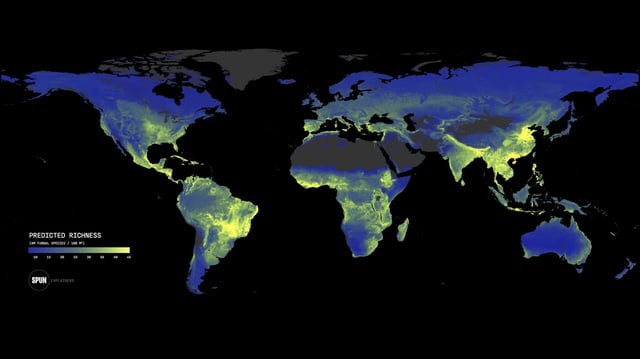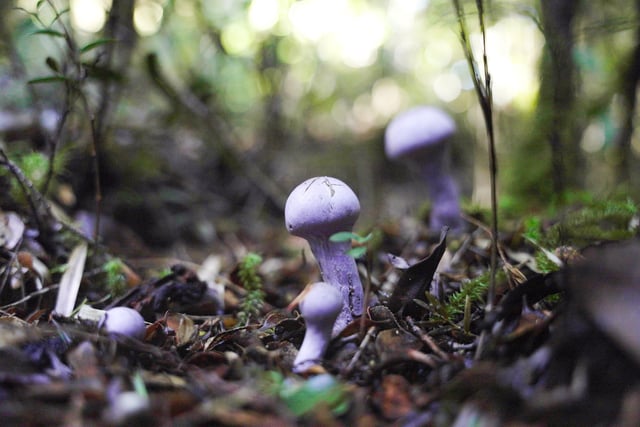Overview
- SPUN’s Nature-published maps chart mycorrhizal diversity at 1 km² resolution using machine learning on more than 2.8 billion fungal samples.
- Only about 9.5% of the planet’s richest underground fungal ecosystems fall within existing protected areas, with hotspots such as Ghana’s eroding coast at particular risk.
- Mycorrhizal networks underpin soil health by cycling nutrients, supporting plant growth and sequestering over 13 billion tonnes of CO₂ annually, equivalent to a third of fossil-fuel emissions.
- The Underground Atlas offers interactive richness and endemism heatmaps, species estimates per grid cell, uncertainty indicators and data downloads to prioritize intervention.
- SPUN is seeking international collaborators and funding to expand sampling beyond its current 0.001% coverage and to integrate subterranean ecosystems into global biodiversity policy.



